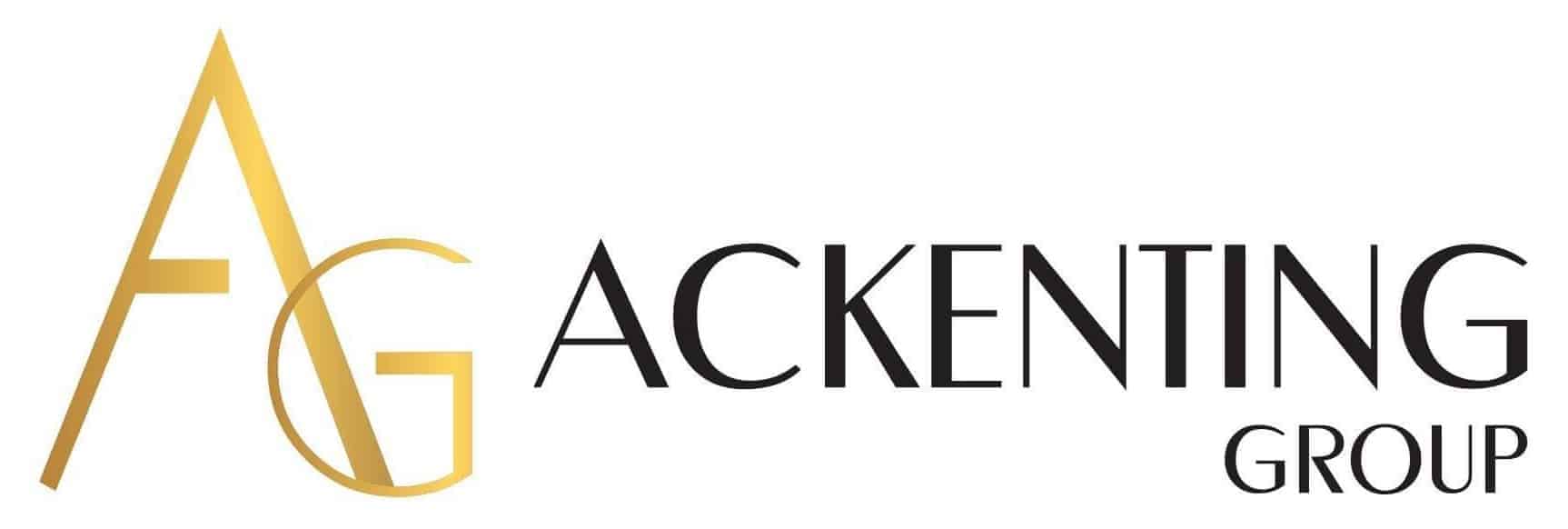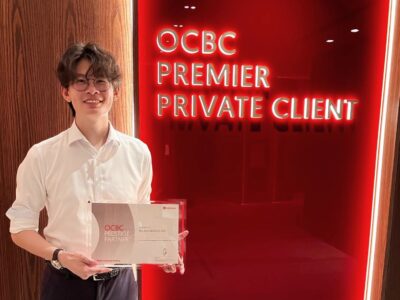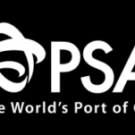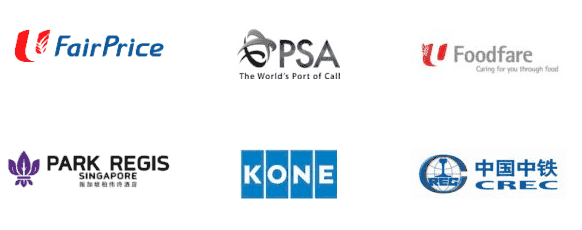Everyone is unique and has an individual personality and style. And this is no different when someone is tasked to lead a team. There are different kinds of leadership styles that employers and managers adopt in managing the business and their staff, and each style can affect a company differently.
Some prefer having greater control over the decisions of the group, as they believe it is the most effective way to ensure business goals are met. Conversely, others opt to have the final say only after everyone has already voiced their opinions.
While there are various leadership styles, with each impacting a business differently, there is no supposed best approach, and it depends heavily on the employees and how they respond to their leader’s management style. Let us share five of the most common leadership styles, so entrepreneurs can better understand which approach best suits them and their team.
1. Democratic leadership
Democratic leadership is one of the most popular leadership styles, as it is often deemed just and fair. In a democratic leadership, everyone’s opinions are valued, and they – both employer and employees – exercise the same amount of power over any decision made by the team.
In essence, the company’s direction is not solely determined by the employer but on the collective opinions of all the team members, as the leader values and encourages inputs from their staff. This is why democratic leadership is often referred to as participative leadership, as it invites participation from everyone.
2. Autocratic leadership
An autocratic leadership style is the total opposite of democratic leadership. The power and decision-making rest solely in the hands of the employer, who decides on the business goals and objectives without consulting any of their subordinates.
Once a decision has been made, the employer will delegate the tasks to the respective teams. With this approach, communications generally flow downwards from the leader to their employees, who are expected to follow the instructions given.
This approach is often discouraged in many companies nowadays, as it is considered archaic. However, a few corporations still thrive under this leadership style, partly because the decision-making process is quicker and there is no consensus that has to be reached by everyone.
3. Laissez-faire leadership
Laissez-faire leadership is probably the most hands-off or laid-back leadership style. It is often characterised by an almost complete lack of input from the leader, leaving employees to do things independently. With this approach, employees are typically left to work with little to no supervision from the leader, giving them an incredible amount of freedom.
However, this approach comes with its drawbacks. Without proper control, supervision, and direction, employees are often aimless and flying blind, leading to low production and increased costs. This style is only feasible when an organisation is comprised of highly motivated and well-trained employees who have been with the company for years, as they are highly efficient and little to no communication is needed between team members to get the job done.
4. Transactional Leadership
Transactional leadership is the leadership style that most Singaporeans will be familiar with, as this approach is commonly adopted by many businesses in Singapore. With this approach, employers are heavily influenced by performance metrics and clearly defined objectives and goals to determine which employees to reward and whom to admonish.
The biggest challenge when implementing this approach is the need for clear and consistent communication. A defined chain-of-command and clear communication are key to ensuring employees perform at their best under this leadership style.
However, it is easy for employees to lose their motivation and feel like they are just another cog in a larger corporate machine working towards a specific goal or quota daily. To prevent this, the employer or manager has to be clear in managing business objectives and employee expectations regularly.
5. Coaching Leadership
As its name suggests, a coaching leadership style provides a more personal approach to leadership. Leaders who adopt this style do not focus on just leading the team but also getting to know the strengths and weaknesses of their staff and working with them to improve on their weaknesses and capitalise on their strengths.
With this approach, employers or managers work very closely with their team members. They communicate and cooperate closely with their subordinates, functioning more like an adviser than a leader. This approach is generally ideal for small and medium enterprises with a smaller group of employees that generate highly personal outputs, like those in the social services or art sectors.
One last thing to note
It is vital for every entrepreneur to adopt a leadership style that best suits their employees and work culture. However, apart from effectively leading the team, employers also need to ensure sound management of their companies’ finances. And to guarantee this, they will require excellent accounting and bookkeeping.
At Ackenting Group, we understand entrepreneurs are busy people who need to tend to their company’s daily operations to ensure the growth of their business. As such, we provide a suite of reliable and affordable accounting and bookkeeping services tailored to meet their specific needs. With the help of our seasoned accountants, business owners can rest easy knowing they will receive timely and detailed updates of their company’s financial performance, ensuring they stay on top of their business finances.
Conclusion
As we have shared, different leadership styles can affect a business differently. Therefore, it is crucial for business owners to carefully consider the best approach that fits their work culture and employees to ensure their team is appropriately motivated to help the company achieve its goals and objectives.
If you require any assistance on accounting services, feel free to drop us an email at johnwoo@ag-singapore.com or contact us at +65-66358767. At Ackenting Group, we offer a complimentary 30 minutes online consultation for us to better understand your business requirements.














